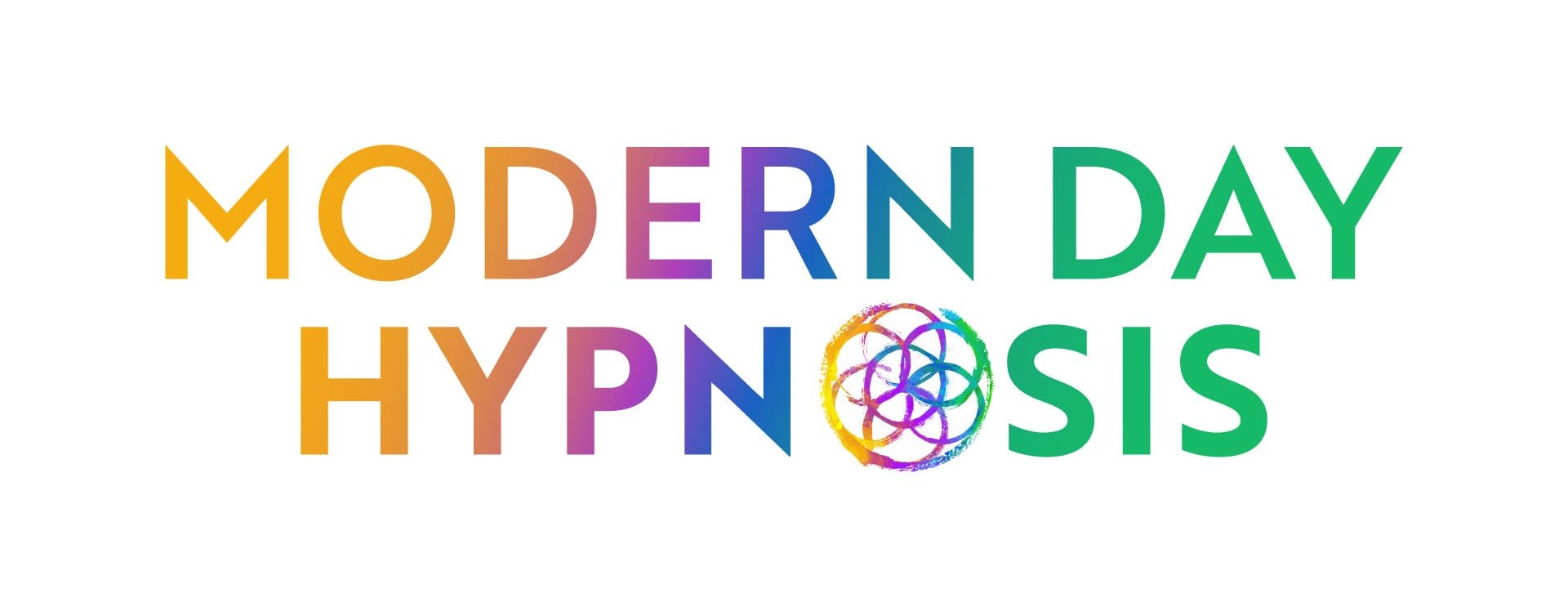How Exactly Does Hypnosis Work on the Brain?

Hypnosis is often misunderstood as some mystical or magical process, but the truth is that there are real, measurable changes that occur in the brain during hypnosis. Understanding the science behind hypnosis can help demystify this methodology and show that it is a legitimate therapeutic technique that can be used for a wide range of goals from managing anxiety to losing weight.
During hypnosis, there are three main brain networks that see changes in activity:
The Salience Network
This network is responsible for monitoring information coming into the brain and determining what is most important to pay attention to. It acts like an “attention boss”, deciding what other brain networks should be focused on. The main brain regions that make up the salience network are the anterior insula and the dorsal anterior cingulate cortex. During hypnosis, the salience network quiets down, reducing constant self-monitoring and allowing focus on the hypnotist’s suggestions.
The Executive Control Network
This network handles complex cognitive functions like problem-solving, reasoning, and working memory. The main regions involved are the dorsolateral prefrontal cortex, inferior parietal lobe, dorsal anterior cingulate cortex, and posterior cingulate cortex. Its activity changes during hypnosis based on the type of suggestions given. For example, suggestions to imagine solutions to a problem will engage this network differently than suggestions to simply relax. Hypnotic suggestions can also help strengthen willpower and motivation needed for goals like losing weight.
The Default Mode Network
This network is active when the brain is not focused on the present moment, such as when daydreaming. The main hubs are the medial prefrontal cortex, posterior cingulate cortex, precuneus, and inferior parietal lobule. During hypnosis, it becomes less connected to the executive control network. This allows the brain to tune into the hypnotist’s suggestions in the present moment rather than drifting.
Brain imaging studies show that when these three networks interact differently during hypnosis, several changes occur:
- Activity decreases in the brain region responsible for switching attention between tasks. This allows for deeper focus on suggestions.
- Areas that regulate functions like heart rate and breathing are calmed. This leads to the relaxation that is common in hypnosis.
- The part of the brain involved in self-reflection and imagination becomes disconnected from the part that monitors self-awareness. This explains the lack of self-consciousness that people often report during hypnosis.
In effect, hypnosis allows for extremely focused attention, decreased self-monitoring, and increased openness to new ideas. The hypnosis state itself isn’t that mysterious – it’s similar to being absorbed in a book or movie. What’s unique is the increased receptiveness to suggestions in this state.
Leverage Hypnosis as a Means for Reaching Your Goals
This working model of the brain under hypnosis helps explain why the practice can be so effective for pain management, anxiety, smoking cessation, weight loss, and more. Hypnosis leverages natural brain processes to facilitate beneficial change by harnessing the power of suggestion. So rather than something mystical, hypnosis is simply a way of using our brains’ capabilities to our advantage. Understanding the science is helping to bring this therapeutic tool into the mainstream.
- About the Author
IACT Trainer:
The International Association of Counselors and TherapistsDEHI Trainer:
The Dave Elman Hypnosis InstituteNGH Hypnotist:
The National Guild of HypnotistsIACT Hypnotist:
The International Association of Counselors and TherapistsIMDHA Hypnotist:
The International Medical and Dental Hypnotherapy Association
Hypnosis
Have You Tried It Yet? It Really Works!
